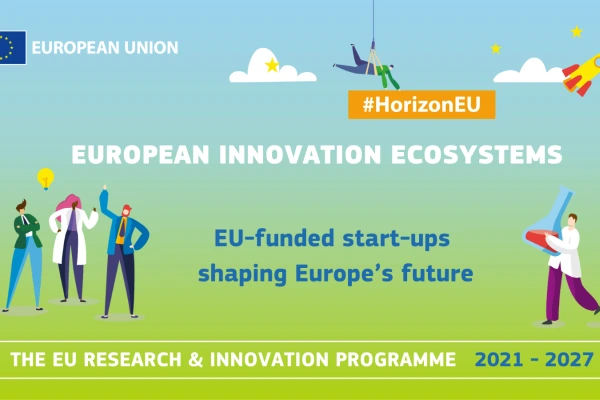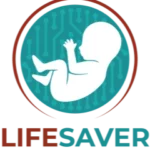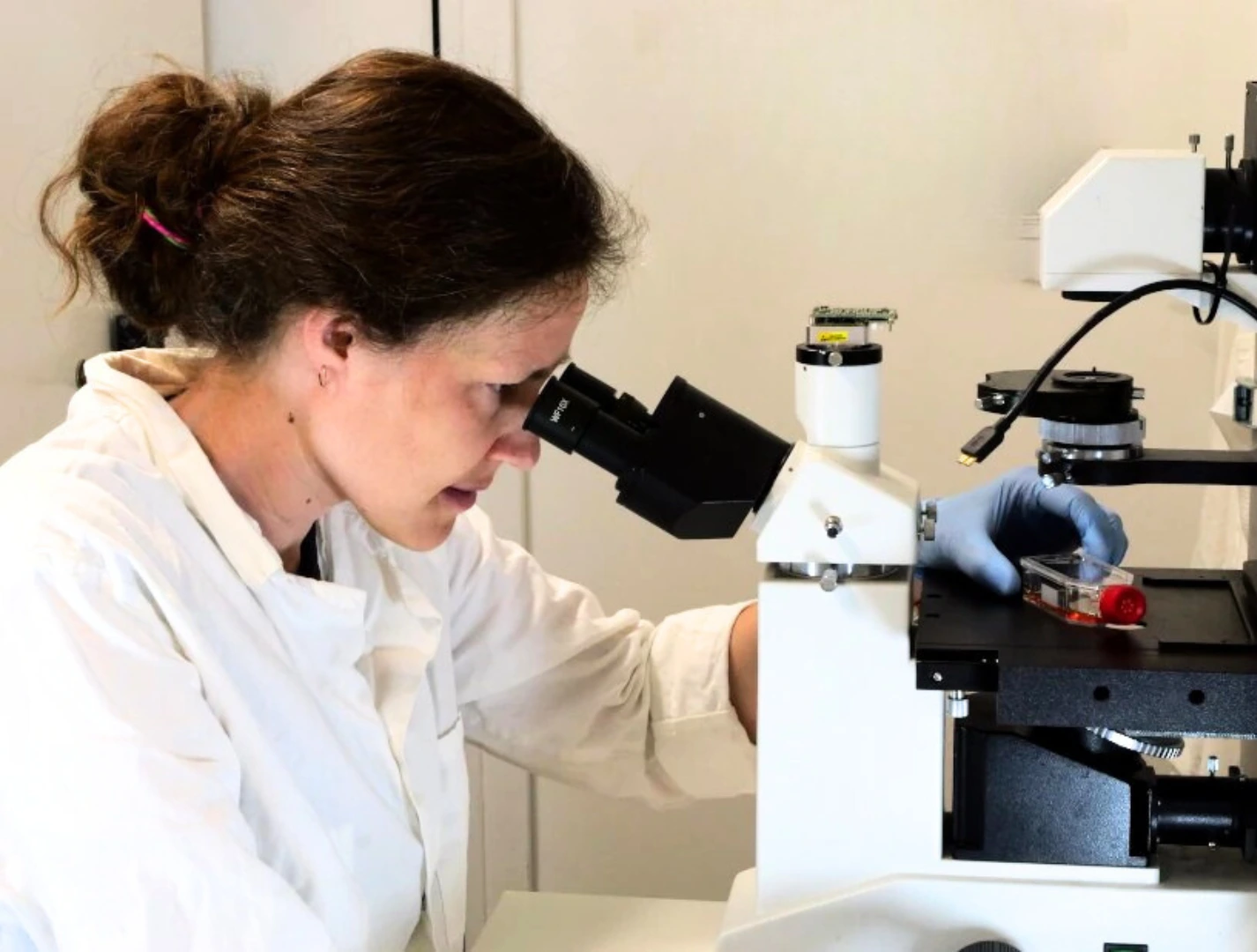European Innovation Ecosystems (EIE)
Work Programme 2026-2027
Writer
Celeste Chidiac, PhD
Keywords
Microfluidic Devices, Intelligent Microfluidics, Artificial Intelligence, Machine Learning
Opening
June 2027
Deadline
Sep 2027
Keywords
Intelligent Microfluidics
Deep Learning
Microfluidic Devices
Artificial Intelligence
Machine Learning
Pan-European Alliance for Deep Tech Scaling
venture-backed products
EU IP Helpdesk
Your microfluidic SME partner for Horizon Europe!
We take care of microfluidic engineering, work on valorization and optimize the proposal with you
EIE Work Programme 2026 - 2027
Calls ordered by microfluidic relevance
We have categorized the calls for projects from the European Innovation Ecosystems (EIE) work programme 2026-2027 according to the impact that microfluidics can have on the calls and related topics. We are sharing our analysis in case it can help you with project funding efforts. And, of course, if our expertise can be of use to you, we would be delighted to discuss it further.

How to read the stars in terms of % of microfluidic technologies’ relevance for the call:
By microfluidic relevance, we mean the relevance of using microfluidic technologies for the topic cited. But also, to a lesser extent, what a microfluidic laboratory or SME could contribute to the topic (mainly for calls with low relevance to microfluidic technologies).
Relevance (%) | 90-100 | 80-89 | 70-79 | 60-69 | 50-59 | 40-49 | 30-39 | 20-29 |
Relevance (*) | ***** | **** | *** | ** | * | – | – – | – – – |
Administrative dates per call:
HORIZON‑EIE‑2026‑02‑CONNECT: Opening and deadlines not yet specified
HORIZON‑EIE‑2027‑01‑CONNECT: Opening 01 June 2027, Deadline 15 Sep 2027
The work programme draft can be found in the following link: European Innovation Ecosystems
(Details for all topics are provided below, ordered by decreasing microfluidic relevance)
Discover more!
EIE Work Programme 2026-2027 ordered by microfluidic relevance
Download the EIE Work Programme Call Calendar
**** HORIZON‑EIE‑2026‑02‑CONNECT‑02 – EUROPEAN STARTUP AND SCALEUP HUBS PILOT: A PAN‑EUROPEAN ALLIANCE FOR DEEP TECH SCALING
- Type of action: Programme Co-fund Action.
- Call: Interconnected Innovation Ecosystems (2026.2)
- Budget (topic, M€): 20.00; # projects funded: 2
Objectives
Pilot two transnational networks of ~5-7 “European Startup & Scaleup Hubs (ESSHs)” embedded in strong research/HEI/RTO ecosystems; open facilities, labs, and services across borders; and accelerate deep‑tech startups/scaleups (including EIC‑backed) to expand on the EU single market. Emphasis on shared infrastructure, mentoring, links to EEN/EDIH/EIT/EIC, and cohesion by integrating less-connected regions. KPIs include ≥100 startups supported, ≥50 % securing seed/VC by project end, and ≥75 % engaging in cross-border collaboration. Financial support to third parties (grants/vouchers up to €60k) may be provided. Project duration expected ~2 years.
Why a microfluidic partner is valuable
- Microfluidics is quintessential deep tech; Microfluidic lab strengthens a hub’s lab access and prototyping capacity (polymer chip microfabrication, organ‑on‑chip, micro‑bio‑reactors) for cross‑border startups.
- Can open Microfluidics facilities to non-local ventures (ESSH requirement), enabling realistic bench‑to‑pilot maturation (design‑for‑manufacture, biocompatibility, reliability testing).
- Provide regulatory-aware workflows (e.g., ISO 13485 pathways for med‑tech LoCs, validation protocols for environmental/industrial sensors) to raise investment‑readiness.
- Co‑design voucherable service menus (rapid prototyping, assay integration, packaging, field pilots) that ESSHs can fund via the third‑party scheme.
- Train founders in microfluidics-specific venture building (IP strategy for platform chips, BOM/COGS optimization, scaling of fabrication).
- Connect ESSHs with application verticals (biotech, diagnostics, water, advanced materials) where microfluidics reduces time‑to‑data and de-risks early customer trials, directly serving KPI uptake metrics.
**** HORIZON‑EIE‑2027‑01‑CONNECT‑01 – STARTUP EUROPE
- Type of action: CSA.
- Call: Interconnected Innovation Ecosystems (2027.1)
- Budget (topic, M€): 18.00; # projects funded: 9
Objectives
Connect local digital, deep-tech, and manufacturing ecosystems and run cross-border acceleration programs for ventures demonstrating traction (product-market fit, seed round, or higher), with an emphasis on moderate to emerging innovator regions, as well as women-led startups. Interfaces to EIC/EIT/EDIH/EEN, Innovation Radar, and Plug-in programmes; innovation procurement access is a focus. CSAs may allocate 60% or more of the budget to third-party support (grants/vouchers up to €60k). Projects must track growth (in terms of revenue, funding, profitability, and survival) and societal impact for up to three years post-support.
Why a microfluidic partner is valuable
- Many deep‑tech verticals listed (med‑tech/biotech/greentech/agrifood) have microfluidics at their core;
- Provide pan-EU demo campaigns (organ-on-chip safety/efficacy studies; water quality LoC pilots) to create early customer references for procurement-oriented scaling.
- Offer industrialization services (design rules, mold tooling transfer, QC metrology, reliability) that lower risk for investors and corporates in Startup Europe deal flow.
- Create targeted training for women-led deep-tech teams on chip integration, IP bundling, and regulated market entry, helping consortia meet their inclusivity KPIs.
- Act as a neutral lab validator, interfacing with EEN/EDIH nodes to standardize validation protocols across countries, improving cross‑border comparability.
*** HORIZON‑EIE‑2027‑01‑CONNECT‑03 – ENHANCING THE INVOLVEMENT OF PHILANTHROPIC ORGANISATIONS IN INNOVATION ECOSYSTEMS
- Type of action: CSA, Lump‑sum funding
- Call: Interconnected Innovation Ecosystems (2027.1)
- Budget (topic, M€): 5.00; # projects funded: 5
Objectives
Mobilize philanthropic organizations to work with HEIs/RTOs, TTOs, and companies to move university-originated technologies to market. Activities may include living labs/test beds, accelerators, spin-off support with VC/angel/philanthropic funding, and first‑user pilots by foundations. Consortia must include HEI/RTO(s) and philanthropy organization(s); coordinator expected to be an HEI/RTO.
Why a microfluidic partner is valuable
- Foundations in disease, environment, and global health are ideal first users for microfluidic innovations (e.g., organ-on-chip disease models, rapid environmental assays).
- Microfluidic lab can design and operate test beds/living labs where philanthropic actors de-risk early pilots (e.g., real-world sample panels, ethics, and data governance for on-chip diagnostics).
- Close work with TTOs to package IP portfolios (chips, surface chemistries, assay integrations) that attract blended finance from VCs + foundations.
- Create accelerator tracks for microfluidics startups with tailored milestones (bio‑assay transfer, manufacturability, certification pre‑checks), enabling “signed deals” targets.
- Philanthropy‑backed pilots in LMIC or underserved EU regions can demonstrate impact and pull demand for later public or corporate procurement.
* HORIZON‑EIE‑2026‑02‑CONNECT‑01 – FROM LAB TO MARKET: STRENGTHENING THE ROLE OF TECHNOLOGY TRANSFER OFFICES IN BRINGING KNOWLEDGE TO THE MARKET
- Type of action: CSA.
- Call: Interconnected Innovation Ecosystems (2026.2)
- Budget (topic, M€): 5.00; # projects funded: 5
Objectives
Address fragmented TTO practices by harmonizing IP/licensing/royalty approaches; standardize IPR templates to lower transaction costs; define incentives and benefit‑sharing for researchers; promote portfolio-based licensing (packaging IP for investors/industry). Includes comparative analysis of transfer models, creation of a toolbox, KPIs for valorization, a collaborative matching space, and ≥3 pilot cases implementing startup-friendly transfers.
Why a microfluidic partner is valuable
- Microfluidics often sits at the intersection of devices, materials, and assays, making portfolio licensing especially powerful (platform chip + surface/coating + reference assays).
- Provide pilot cases (e.g., licensing an organ‑on‑chip platform to a spinoff) to test benefit‑sharing and startup-friendly royalty mechanics (e.g., milestone-weighted, revenue-triggered).
- Help TTOs encode manufacturing readiness levels (MRL) and design control artifacts into transfer packages, cutting diligence time for investors and corporates.
- Offer training for TTO staff on microfluidic DFM, QA/QC, and regulatory pre-checks, improving “market-ready” quality of transferred assets.
– – – HORIZON‑EIE‑2027‑01‑CONNECT‑02 – REINFORCING SYNERGIES BETWEEN EXPERIMENTATION SPACES AND INNOVATION PROCUREMENT
- Type of action: PCP (Pre-Commercial Procurement).
- Call: Interconnected Innovation Ecosystems (2027.1)
- Budget (topic, M€): 10.00; # projects funded: 1
Objectives
Shorten time‑to‑market by coupling public buyers with test beds/living labs/regulatory bodies during R&D. Funds joint PCPs to develop and test solutions aligned with EU priorities; aims for at least one deployable solution per project and allows financial incentives to end‑users (up to €200k) via third-party support. PCP fund procurers; developers/industry compete later via tenders. Fast-track options are available when deployment is anticipated.
Find all these information in the pdf below
The MIC already brings its expertise in microfluidics to Horizon Europe:
H2020-NMBP-TR-IND-2020

Microfluidic platform to study the interaction of cancer cells with lymphatic tissue
H2020-LC-GD-2020-3

Toxicology assessment of pharmaceutical products on a placenta-on-chip model
FAQ - Horizon Europe EIE 2026-2027 ordered by microfluidic relevance
What is the EIE Work Programme?
EIE’s part of Horizon Europe, backing innovation infrastructure – like international networks or boosting investors, scaling startups, or using smart buying to push fresh ideas forward. Microfluidics crews aren’t just making another chip anymore; they’re mapping how their tech spreads across labs, production lines, hospitals – quicker, wider. That change? It counts.
Why’s this a big deal in microfluidics?
Microfluidics is classic deep tech, hardware-heavy, regulated, and sensitive to scale. EIE supplies your missing pieces: partnerships across Europe, networks of backers, real-world trial setups, help with rules and patents, plus skilled people. Bottom line? EIE builds the backbone that pushes working prototypes into actual use. My team says that’s exactly where most startups get stuck.
What EIE subjects come up most often?
Keep an eye out – whenever there’s talk about teaming up to grow deep-tech firms, boosting investor skills, systems tied to PPI or PCP setups, EU-wide startup boosters or expansion tools, intellectual property plus standardization efforts, or connections across regions. Should the subject shift toward health tech, testing methods, bio-production, automated labs, bedside solutions, or chip-making and high-end fabrication, you’ll almost always find microfluidics involved.
Who’s allowed in, or how would a solid group appear?
EIE likes groups that mix different players, startups alongside research outfits, tech hubs, local authorities, testing sites, hospitals, factory users, funders, and rule-making groups. Good microfluidics crews team up with firms ready with products and big buyers like clinics, drug makers, food check centers, pollution trackers, and chip plants. Bring in allies to handle legal matters, patents, and deal-making. No dead weight allowed.
Timing: at what point do we arrange tasks?
In 2026 and into early 2027, count on new opportunities opening up – with choices made before the year ends. Start today: pull your team together, lock down trial locations, and gather backing notes from partners. Use the first half of 2027 to shape your application. Submissions plus reviews typically happen midyear through December. Stick to the timeline outlined in every call.
What kinds of actions, plus how much cash behind them, might show up?
Mostly CSA. A few efforts branch out like a tree at times. Lots rely on flat-rate funding and stick to usual Horizon levels. Break tasks into clean chunks, keep oversight light, tie money to real results, stuff you can trace if someone checks later. Judges tend to favor this kind of transparency. We’ve watched vague spending kill solid concepts.
What TRL does EIE target?
EIE isn’t about funding studies. It works when the tech seems solid, but gets stuck spreading wider. Target stages where systems already run reliably – close to real use. Projects that can copy success in new places, fields, or nations fit right in. Still testing core science? Too soon. Struggling with approval across regions, consistent production, scaling up, or breaking into markets? That’s exactly what EIE deals with.
What's the way to get a microfluidics pitch accepted by reviewers?
Start by spotting what people actually need. Call out who’s using it – plus the problems they face. Shape your crew based on real user needs. Set clear targets you can track: gear shipped, trials done, customers active, products made, or specs filed. Bring in buying strategies only when practical. Figure out who owns the ideas and expertise. Lay out how it spreads across regions. Show gains using shared funding, later investments, or savings on testing – facts work better than fluff.
Common red flags
- A pleasant setup with unclear results.
- Pumping studies while grants boost network growth, plus use.
- Cutting corners on rules, skipping regulations, quality systems, or using shady suppliers instead.
Still risky – pilots stuck on one site without a way to repeat them, or tracking actions like “events held” rather than real results like “working medical systems live across X areas.” Watched it fail. Never works out.
How to handle IP, standards, and regulatory?
Treat each one like a top-priority task on its own. Microfluidics covers everything from materials to data, including surfaces, devices, and detection tools. Watch out for freedom-to-operate issues along with connection points between parts. Sort what’s already known versus what you’re creating. Think ahead about how to use the results. Get someone familiar with standards – or bring in an authority. Set aside money for compliance paperwork and align quality checks across locations. Keep it steady, no flash – just reliable.
Where does the Microfluidics Innovation Center (MIC) fit, and does involving an SME help?
EIE helps businesses grow – try bringing one on board. MIC typically takes charge or shares leadership
- Trials across several locations combined with automated processes
- Ability to grow + move into production
Try out setups using real hospitals instead of just theory – mix in private companies too
- Proposal architecture and KPI design
From our track record, adding a specialized microfluidic SME materially boosts credibility and execution. Partners often see roughly 2× the success odds vs. official averages because reviewers see delivery capacity, not just a plan.



